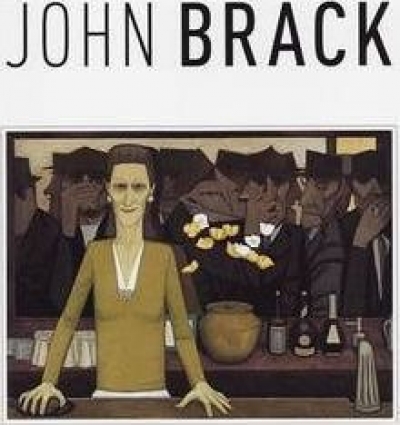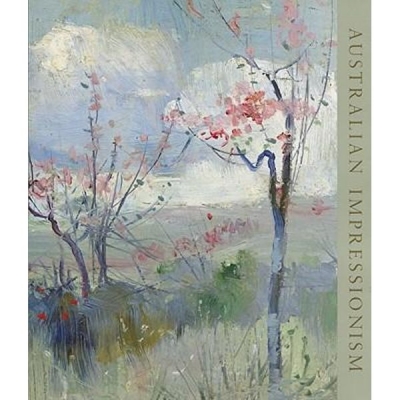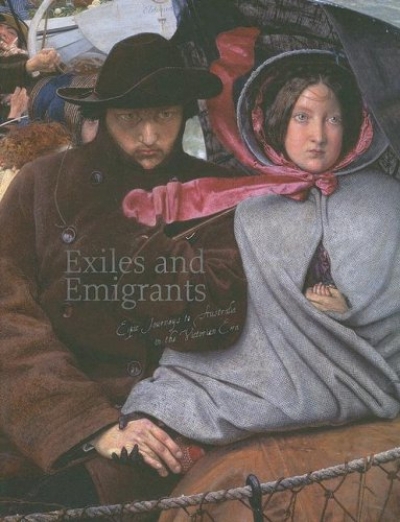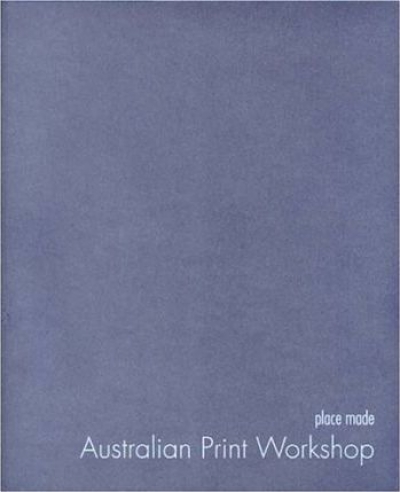National Gallery of Victoria
Exiles and Emigrants: Epic journeys to Australia in the Victorian era by Patricia Tryon Macdonald
Place Made: Australian Print Workshop edited by Roger Butler and Anne Virgo
Souvenir books are just that – souvenirs of a collection, usually bought as reminders of things seen and enjoyed. They also serve as introductions to a collection or to whet the appetite for a proposed visit. For some purchasers, they are introductions to an aspect of art that has fascinated them during a museum visit, or to collections not always on display. To succeed, souvenir books must be visually glamorous and enticing, and written in an accessible yet scholarly style.
The National Gallery of Victoria’s eight new souvenir books devoted to works from the international collections are exemplary and could serve as models to most museums. They represent a high point in the design of museum publications in Australia and celebrate the pride that the NGV has in its collections. I hope that we might soon see the Australian collections similarly celebrated.
... (read more)The art collections are the main thing in an art museum, not the special exhibitions or other programs necessary for present-day credibility and fundraising. Special exhibitions can be easy fast-food showbiz, or else they can be too authoritarian, over-theorised, and bullying. Collections, the bigger the better, are where you can drop in, any day of the year, for a bit of reinvention. It’s good to choose your own pace when you want to get out of yourself .
... (read more)'The National Gallery of Victoria – A New Partnership with ABR' by Dr Isobel Crombie
This issue marks the start of a new feature for ABR, with covers reproducing some of the finest Australian photographs held by The National Gallery of Victoria (NGV). ABR is a journal that critically engages with a broad range of creativity, so it seems fitting that it should also highlight photography, a medium that is not only one of the leading art forms of the modern era but also an area in which Australian artists consistently excel.
... (read more)



